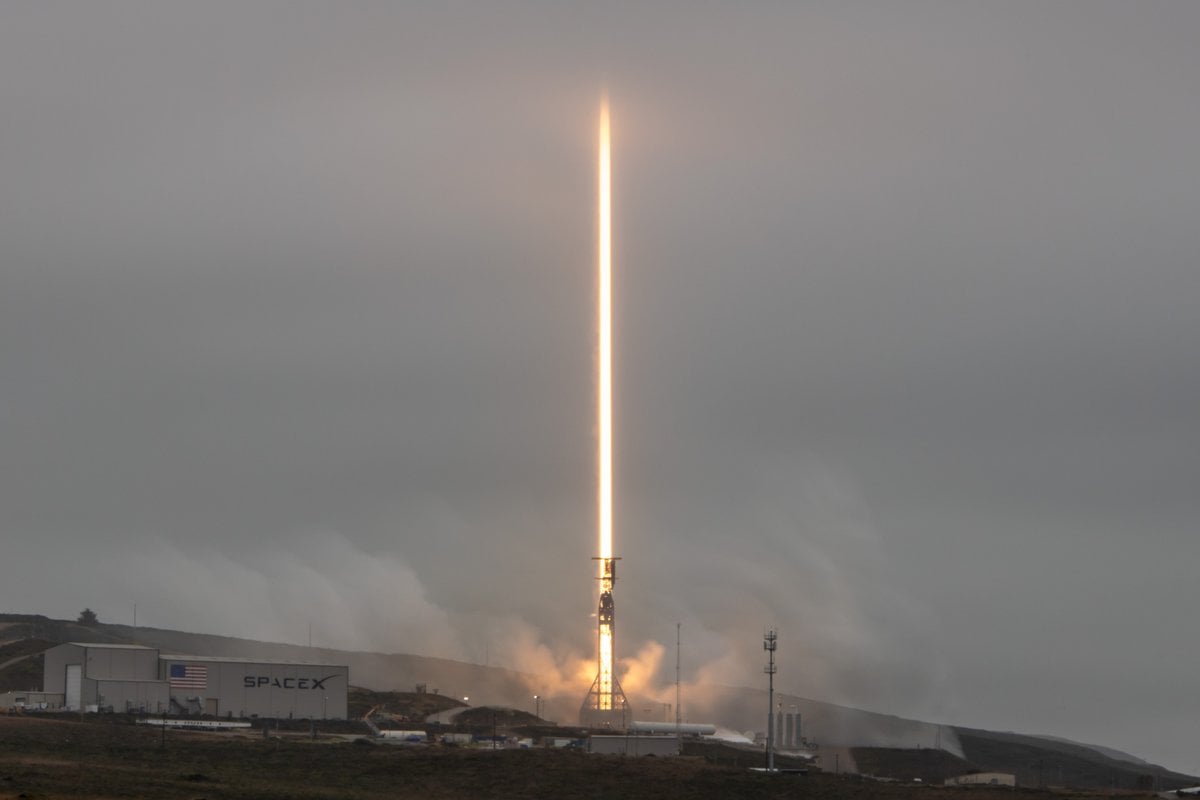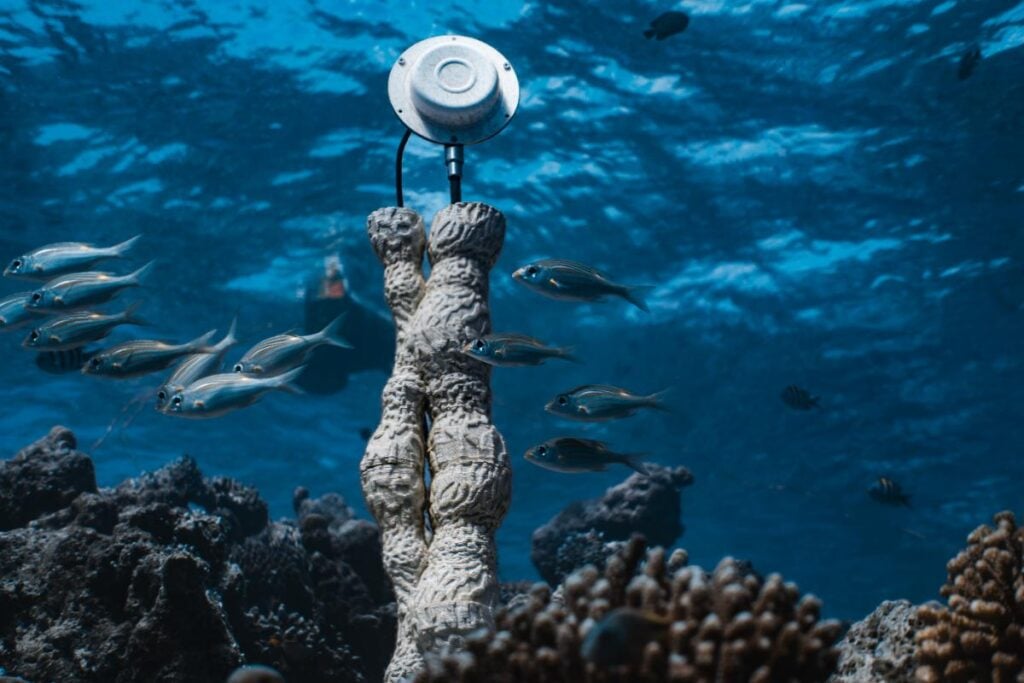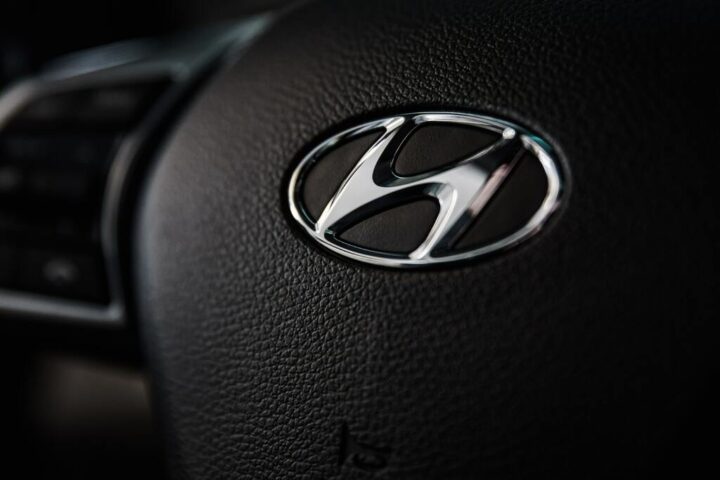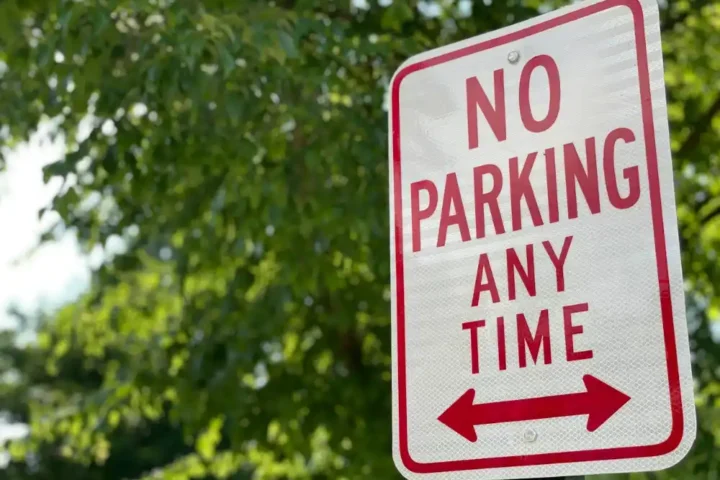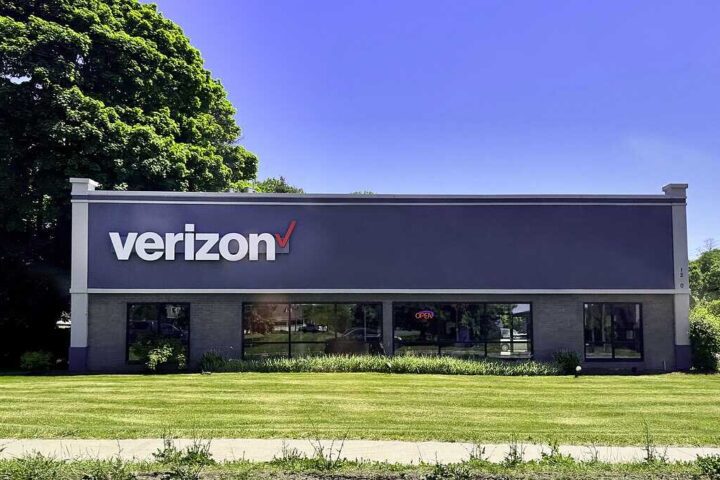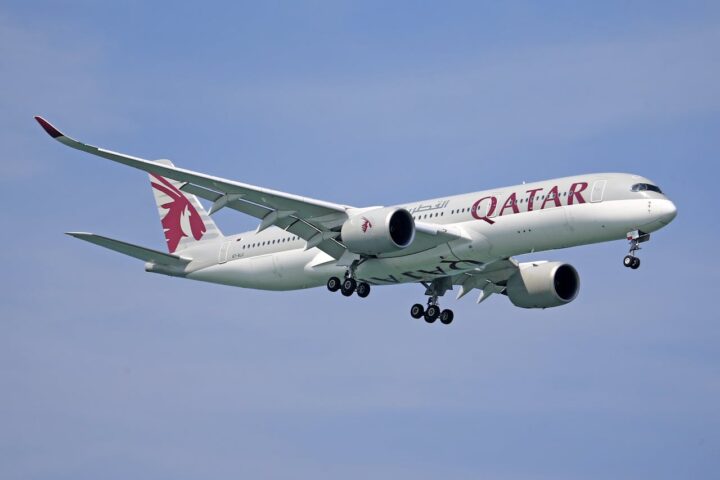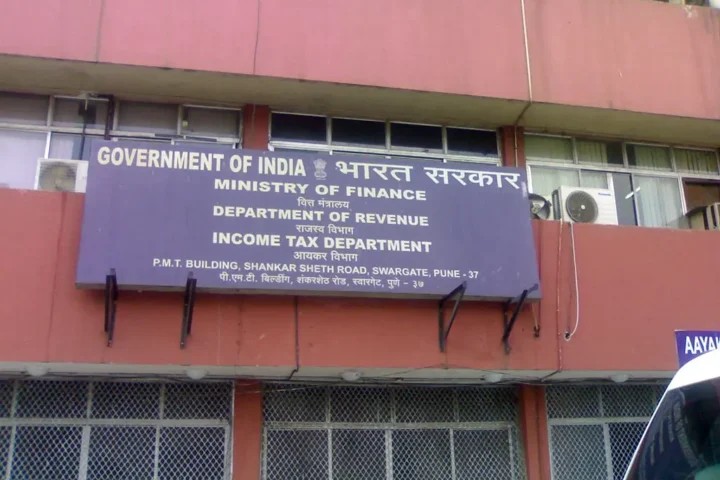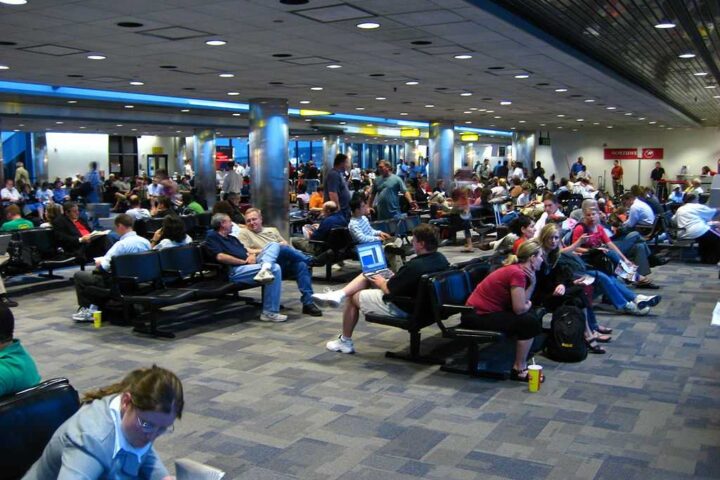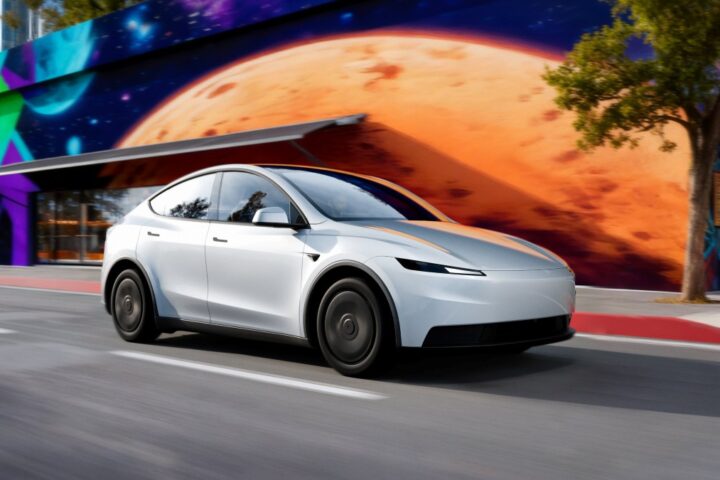SpaceX just reached a major milestone with its 450th successful Falcon 9 booster landing during a busy weekend of satellite launches from both U.S. coasts.
The company’s Falcon 9 rocket blasted off from Vandenberg Space Force Base in California on Friday, May 23, carrying 23 Starlink internet satellites into orbit. After sending its payload toward space, the rocket’s first stage—a veteran booster making its 18th flight—touched down precisely on the “Of Course I Still Love You” drone ship floating in the Pacific Ocean.
“Falcon lands for the 450th time!” SpaceX announced after the landing, marking a significant achievement in rocket reusability that has revolutionized space access.
This California mission came just days after another successful launch from Florida. On Tuesday, May 20, a brand-new Falcon 9 booster lifted off from Cape Canaveral Space Force Station with 23 more Starlink satellites. Thirteen of these satellites featured “Direct to Cell” capabilities, expanding Starlink’s connectivity options.
SpaceX isn’t slowing down. The company plans another launch on Saturday, May 24, from Cape Canaveral, with a launch window from 1:19 p.m. to 5:50 p.m. Weather looks good, with forecasts showing sunny skies and only a 20% chance of afternoon showers.
Similar Posts
The pace of launches in 2025 has been remarkable. SpaceX has already conducted 61 Falcon 9 missions and two Starship test flights this year. For comparison, last year’s 44th launch didn’t happen until June 7—two weeks later than this year.
SpaceX’s Starlink internet service now runs on more than 7,000 active satellites circling Earth. The company has launched about 8,700 satellites total, with roughly 7,500 still in orbit.
Looking ahead, SpaceX announced its next Starship rocket test flight for Tuesday, May 27. The Federal Aviation Administration recently approved increasing Starship launches from five to 25 per year, signaling faster development of this larger rocket.

SpaceX President Gwynne Shotwell has set an ambitious target of 175-180 Falcon 9 launches for 2025. This aggressive schedule showcases the company’s manufacturing prowess and operational capabilities.
The 450 successful booster landings represent years of engineering work that has made frequent, cost-effective access to space possible. While most rockets are discarded after a single use, SpaceX’s reusable technology has dramatically cut launch costs and enabled this unprecedented launch frequency.
